Searching for Schrödinger’s Stoat in Orkney
This post is greater than 6 months old - links may be broken or out of date. Proceed with caution!
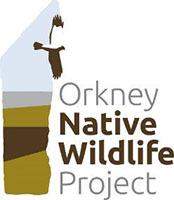
By Adam Robertson, Communications Officer
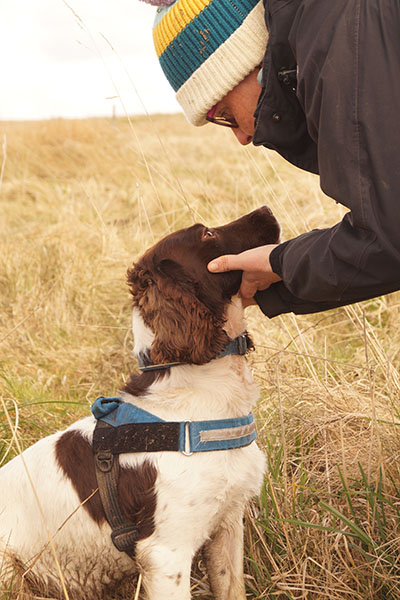
New Year’s Eve, known as Hogmanay, is a big deal in Scotland. It’s a time of celebration, fireworks, and whisky. In Orkney, the New Year is marked with particular gusto, as hundreds of people pour into the main town of Kirkwall for a lawless game of street football, known as the Ba’. For the biosecurity team at the Orkney Native Wildlife Project however, last Hogmanay was a little bit different to normal. A possible stoat sighting had been reported on Westray - one of the north-most Orkney Islands - and the team were responding in force.
Stoats are ‘non-native’ to Orkney. This means that they arrived here with the aid, intentional or otherwise, of humans. They are also ‘invasive’, which means that they have a damaging impact on native wildlife. Due to the treeless landscape, a legacy, like the Ba’, of several centuries of Viking rule, Orkney is a haven for ground-nesting birds. When stoats were introduced to New Zealand in the 1800s, they played a major part in the extinction of the laughing owl, bush wren, and native thrush. All ground-nesting birds. To this day, they continue to imperil the iconic kiwi.
The Orkney Native Wildlife Project was set up to avert a similar tragedy in Orkney. These islands are home to breeding populations of curlew, oystercatcher, lapwing and hen harrier, Britain’s rarest bird of prey. All of these species are ground nesting, while the Orkney vole, a species found nowhere else in the world, is evolved for a world without mammalian predators. Stoats are voracious hunters, and need to eat the equivalent of 41 portions of fish and chips, every day. A plump and complaisant vole stands little chance against an ever-peckish stoat, and this in turn jeopardises the hen harriers and short-eared owls which depend upon them for survival.
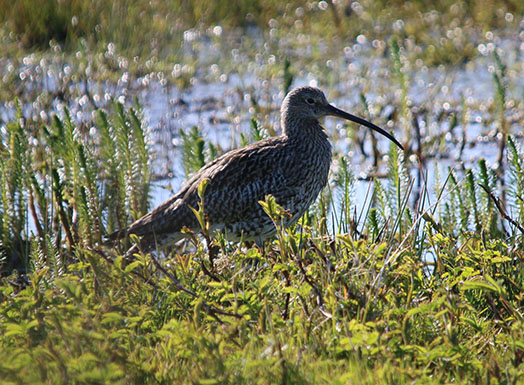
As such, the task facing the project is twofold; to eradicate the stoats in the islands which have been colonised, and prevent them from invading any new ones. While eradication is a process with a concrete metric; how many stoats have been removed, the art of prevention is altogether less tangible. ‘Biosecurity’, to give this art its proper name, requires a trapper to operate on the assumption that there is a stoat present on an island without any evidence for this assumption. It is to set traps in the hope of catching nothing. In short, it is to search for Schrödinger’s Stoat.
In 2021, a kayaker was paddling between the islands of Burray and the Orkney Mainland (the name for the largest of the Orkney Islands). Looking down, she saw a small creature, brown and elongated, snaking through the water towards her. Extending an ore, she lifted a dripping stoat from the waves. Despite their small size, stoats are strong swimmers, capable of travelling over 3km in the sea. In New Zealand, a stoat was found to have swum to an island 5km from the mainland. This seaworthiness, coupled with the fact that female stoats are almost always pregnant, means that preventing them from reaching new islands is of vital importance for Orkney’s native wildlife.
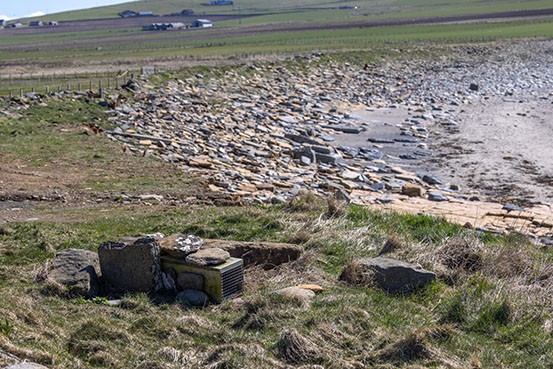
Every island within swimming distance of the Orkney Mainland is ringed with traps. This is the first line of defence, but a successful biosecurity strategy involves an array of tactics and skill sets. Public sightings are also crucial, and the biosecurity team rank reported sightings in terms of likelihood. How they respond is proportionate to the assessed likelihood that the sighting is indeed a stoat, as they are easily confused with small cats and otters. On Hogmanay, two separate stoat sightings had been reported in quick succession, and it was thus that the team found themselves boarding a ferry to Westray in the twilight hours of 2022.
When searching an island, the project’s conservation dogs are an invaluable asset. These dogs, five spaniels and a Labrador called Spud, are taught to detect either stoat scat or actual stoats. They have undergone extensive training, first with a company called Kyrus, and then with the dog handlers that they will work with, to ensure that they do not harm stoats, chase livestock, or search for the wrong species. With their nose to the ground, they swept across the area of Westray where the sightings had been reported.
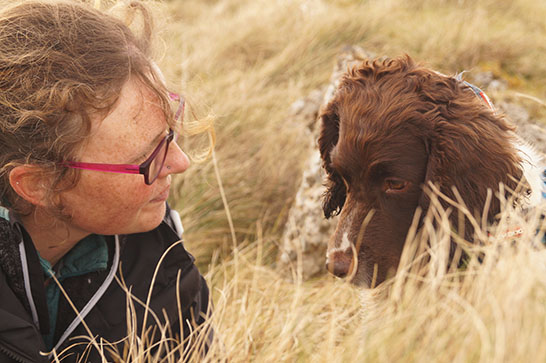
The subtlety of dog handling exemplifies the enigmatic nature of biosecurity. Like people, no two dogs are the same, and simply learning their motivations takes time. Play is a working dog’s pay, but ‘play’ is not a standardised currency among dogs. When they successfully identify signs of stoat, some want to have their ball thrown lots, while others just want a cuddle with the ball in their mouth. Understanding what motivates them is especially important when the dogs are not finding any evidence of stoats, as was the case on Westray. After a whole day of searching, no signs of stoat were detected. There was, however, recent proof of otter activity discovered in the area.
No evidence of an invasive predator is a good thing in a biosecurity search, but both dogs and humans have a shared instinct when searching for something, and that is to find it. It is this desire; to find a stoat that you hope does not exist, that makes biosecurity such an intriguing line of work. It’s a good thing too. Long after all the stoats are gone, a biosecurity presence will remain in Orkney. It will be their job to prevent reinvasion from the Scottish mainland through imported farm or building materials.
As such, biosecurity is not just interesting, it’s essential. Invasive species have contributed to 40% of animal extinctions in the last 400 years. With 37% of critically endangered species confined to islands, an area less than 6% of the earth’s surface, biosecurity is at the heart of protecting our diverse natural world.
To find out more about the Orkney Native Wildlife Project, you can visit their website https://www.orkneynativewildlife.org.uk, or Facebook page, https://www.facebook.com/OrkneyNativeWildlifeProject
More from Orkney Native Wildlife Project